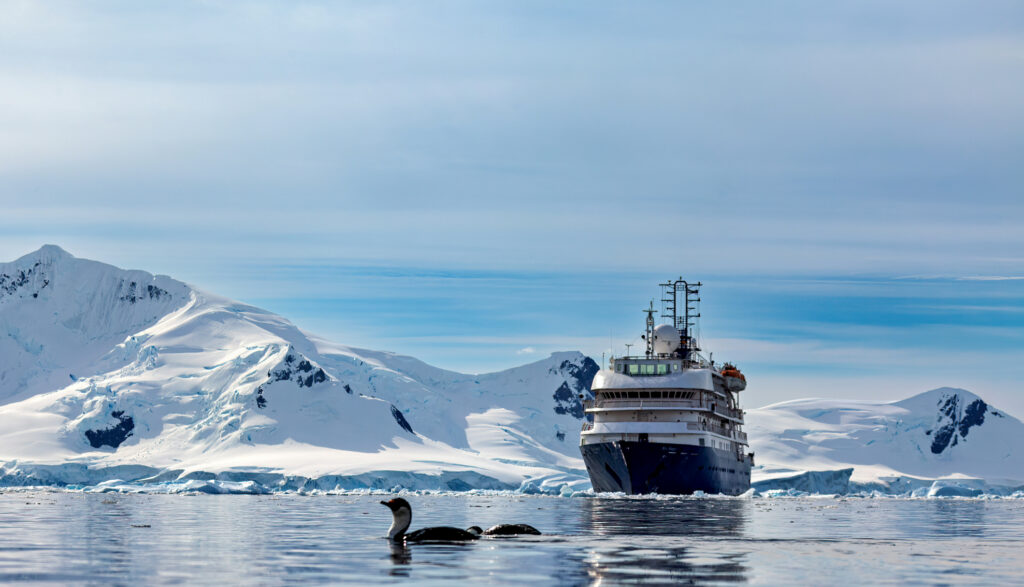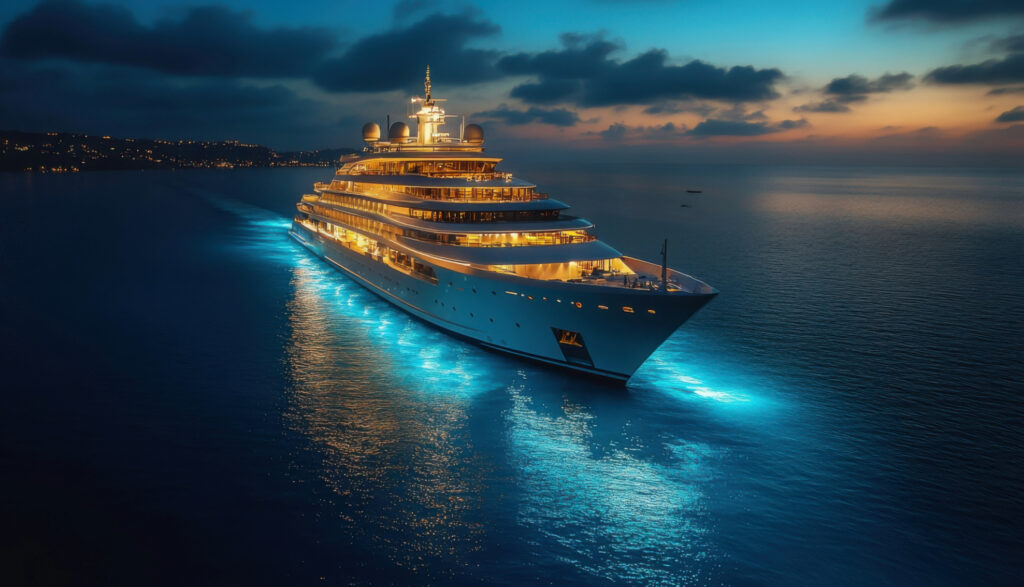CLIA’s 2025 report highlights strong momentum in expedition and luxury cruising.
Cruise travel continues to make waves across the global tourism landscape, with 34.6 million passengers taking to the seas in 2024, an increase of 9.3% year-on-year, according to the 2025 State of the Cruise Industry Report by CLIA. As the industry returns to pre-pandemic strength, the report highlights key wins in high-satisfaction cruising experiences, increased first-time cruisers, and rising demand in expedition and luxury segments.

While land-based touring currently outpaces cruising in terms of growth momentum, the cruise sector has demonstrated long-term resilience and a strong foundation for sustainable expansion.
Strong Demand and Positive Sentiment
Cruising continues to enjoy one of the highest satisfaction rates among holiday types, with ocean and river cruising rating 4.2 out of 5, ahead of resorts and land-based holidays. The sentiment is translating into future bookings with 82% of past cruisers planning to sail again, and 68% are open to cruising for the first time.

New-to-cruise travellers made up 31% of total passengers in 2024, reflecting the sector’s broadening appeal. Advance bookings are also rising, with more guests planning sailings 12 months or more in advance, a shift driven by new ships, premium offerings, and a greater focus on curated experiences.
Growth Anchored by Expedition and Luxury
One of the most promising trends is the surge in expedition cruising, which saw a 22% year-on-year passenger increase in 2024. With nearly 40 purpose-built ships now operating in remote regions like Antarctica and the Arctic, the segment is attracting a new generation of adventure-seeking, eco-conscious travellers. The fleets are also increasingly aligned with sustainability goals, featuring smaller vessels with lower emissions and advanced propulsion systems.

An expedition cruise to the polar regions is enchanting to say the least with travellers wanting to return, take longer cruises and choose from expeditions that take a deeper dive in these regions. Capitalising on the exponential growth, expedition cruise lines are planning once-in-a-lifetime trips like the full circumnavigation of Antarctica – a feat only available to a select few expedition cruise lines. The luxury cruise market has also tripled in size since 2010, with demand forecast to exceed 1.5 million passengers annually by 2028. Travel agents continue to see strong growth across the premium, luxury, and expedition categories, positioning these segments as key drivers of future performance.
Where Cruising Lags Behind
Despite the sector’s wins, cruising remains a smaller slice of global travel, representing just 2.7% of the international travel and tourism market. By contrast, land-based touring has expanded more rapidly, benefiting from easier logistics, a wider range of short-notice options, and simpler product offerings for agents and consumers alike. Additionally, fleet growth is set to slow from 2026 onward, with fewer ships scheduled for delivery. While 2024 and 2025 will see a boost from new high-capacity vessels, the forecast indicates a more moderate capacity expansion beyond 2025, which may temper growth opportunities in high-demand periods. Shorter average cruise durations (currently 7.1 days) also present a challenge, especially as long-haul land tours are often better positioned to capture travellers seeking extended holidays. While fleet size may be slowing in growth, segmentation within the cruise market is evolving rapidly. The luxury and expedition categories are expanding their footprint, while over 67% of cruise travellers are now Gen-X or younger, with Millennials and Gen-Z among the most enthusiastic segments for future bookings.
A Valuable Proposition for Trade
Despite these constraints, cruising remains a high-value proposition for the trade. Travel agents influence over 79% of bookings, and cruise passengers often extend their stays in port cities pre and post sailing generating wider economic benefits.

CLIA’s report also notes the sector’s ongoing investment in sustainability, digital innovation, and port partnerships, all of which are key to maintaining long-term competitiveness.
Future Outlook
With forecasts suggesting 42 million passengers by 2028, cruising is well-positioned for continued, steady growth particularly in segments aligned with experience-driven travel. While land-based touring may currently have the edge in speed of expansion, cruising’s high satisfaction, strong brand loyalty, and increasing market diversity ensure it remains a core pillar of the global travel industry.
For travel advisors, the opportunity lies in leveraging cruising’s evolving landscape particularly the rise of luxury and expedition products and deliver immersive, high-yield experiences to a broader demographic.


